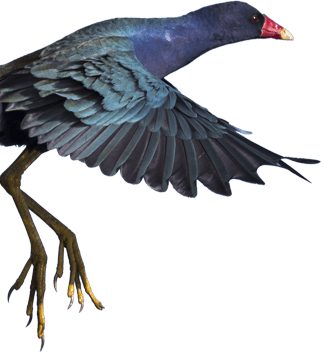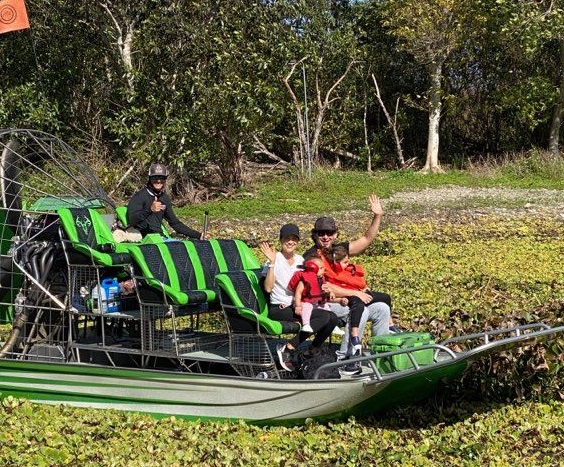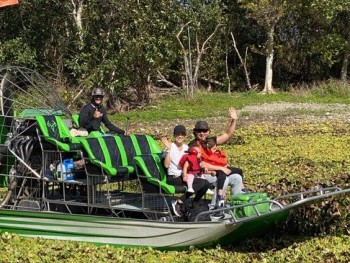[vc_row][vc_column][vc_column_text]
The largest subtropical wilderness in the United States is located south of Miami on the southern tip of mainland Florida. Everglades National Park encompasses 1.5-million acres of wetlands and marshes. Within that environment live hundreds of protected species of fauna and flora.
Designated a World Heritage Site, the national park is also a home to millions of visitors each year. Some come to visit only this area. Others include it as a day-trip from Miami or another Southern Florida city. Regardless of how they get there, they experience something amazing.
Many attractions are part of Everglades National Park. Here are some suggestions on what to explore and how it can be done.
Boating
Fifty percent of the national park is comprised of water. There are mud- and grass-filled channels only accessible by airboat. There are also shallow basins of open water that offer a location where visitors can take an aquatic sunset tour. You can also take a private tour that allows you to fish or simply birdwatch.
In other words, there’s plenty to do in the park’s waters. What you want to do depends on how much time you have as well as skill. For instance, those with the wherewithal to kayak or canoe have the option to paddle down the park’s estuaries.
If not, you can ask for a private tour on an airboat. Not only does this event provide detailed information by experienced guides but it’s also exciting to traverse some of the rarely explored areas at a high rate of speed.
If you’re able to hold off your trip for later in the day, a sunset tour is a magnificent way to close a visit to the park. It’s a unique experience to see the sun go down among the flora of these wetlands and dip under the horizon of the Gulf of Mexico. Furthermore, you have an opportunity to hear a shift in sounds as nighttime creatures begin their day.
Camping
Camping provides a unique look at the park from a close-up perspective. It gives you the ability to explore the area at a slower pace than a one-day visit would merit. Instead, you can truly immerse yourself in an area that harkens back to what much of Southern Florida looked before modern civilization made its incursions.
There are a few ways to camp. One is at frontcontry sites that are near the park’s Homestead entrance. These have areas for tents and RVs along with restrooms and hookups for electricity and sewage.
The other way to overnight in the area is through wilderness camping. While some sites are available via land trails, most can be accessed by motorboat, canoe, or kayak. These are based within the wilderness, on the beach, or on raised wooden platforms above the water called chickees.
Wilderness camping sites do not have any services available. On top of that, campers experience nature first-hand, including animals that might enter their area. Thus, you have to be well-aware of your surroundings and how to deal with potential issues. The park’s website offers tips on how to successfully camp in the wilderness.
Visitor Centers
One way to explore this national park is to stop by one of its four visitor centers. They offer educational displays and orientation films about the environment and what to expect.
Those coming from the Fort Lauderdale area will most likely want to stop at the Ernest F. Coe or Flamingo Visitor Centers in Homestead. Closer to Miami, the Shark Valley Visitor Center is the starting point for tram tours and bicycle rentals. Finally, the Gulf Coast Visitor Center is accessible by water only as it is the gateway to the park’s Thousand Islands.
Hiking Trails
A more grounded way to explore the park is through its miles of hiking trails. This is one of the best ways to view the area’s eco-diversity and see the region’s animals in their natural environment. There are three main trails within the park — Pine Island, Flamingo, and Shark Valley. These break off into smaller walking paths that vary in length.
If you do decide to hike within these subtropical forests you need to take precautions. No matter the time of year you go, bring a good amount of water and sunscreen. In the summer, add bug repellent to your list to avoid mosquitos and other biting insects. Additionally, be prepared to seek immediate shelter in case the weather changes. Particularly when you see lightning and hear thunder.
Birds
The national park is home to over 300 species of birds. Some, like the Egret, are regular visitors. Others come and go as needed.
This is another way to explore the area. The ground and water trails in the region provide opportunities to check out the current residents. It sometimes takes patience to find the species you’re interested in. However, the wait is worth it.
If interested, stop by one of the park’s visitor centers for information on the birds that have recently been seen. Also, arrive as early as possible. The main entrances to the park are open 24 hours, so you can get there just as the sun rises.
The River
The Everglades isn’t actually a series of swampy areas. Technically, it’s an incredibly slow-moving river that starts from Lake Okeechobee and moves southward. It takes water in the region almost three days to reach the Gulf of Mexico. In her 1947 non-fiction book about the area, Marjory Stoneman Douglas called it the River of Grass.
In general, you also want to slowly explore this special area of the United States. Whether it’s paddling down its waters via kayak, taking a tram tour, or seeing 20 miles in each direction from the Shark Valley observation tower, there’s much to see. Too much to be part of a quick in-and-out experience.
Plan time to discover the flora and fauna through various methods. Take an airboat tour or leisurely paddle and discover what hides on the coastline. Hike through the wilderness and discover amazing trees and flowers. Spend a night or two camping underneath a canopy of stars and leafy branches.
When done, you will have a greater understanding of our eco-diversity and how it needs to be preserved at all costs.
[/vc_column_text][/vc_column][/vc_row]






